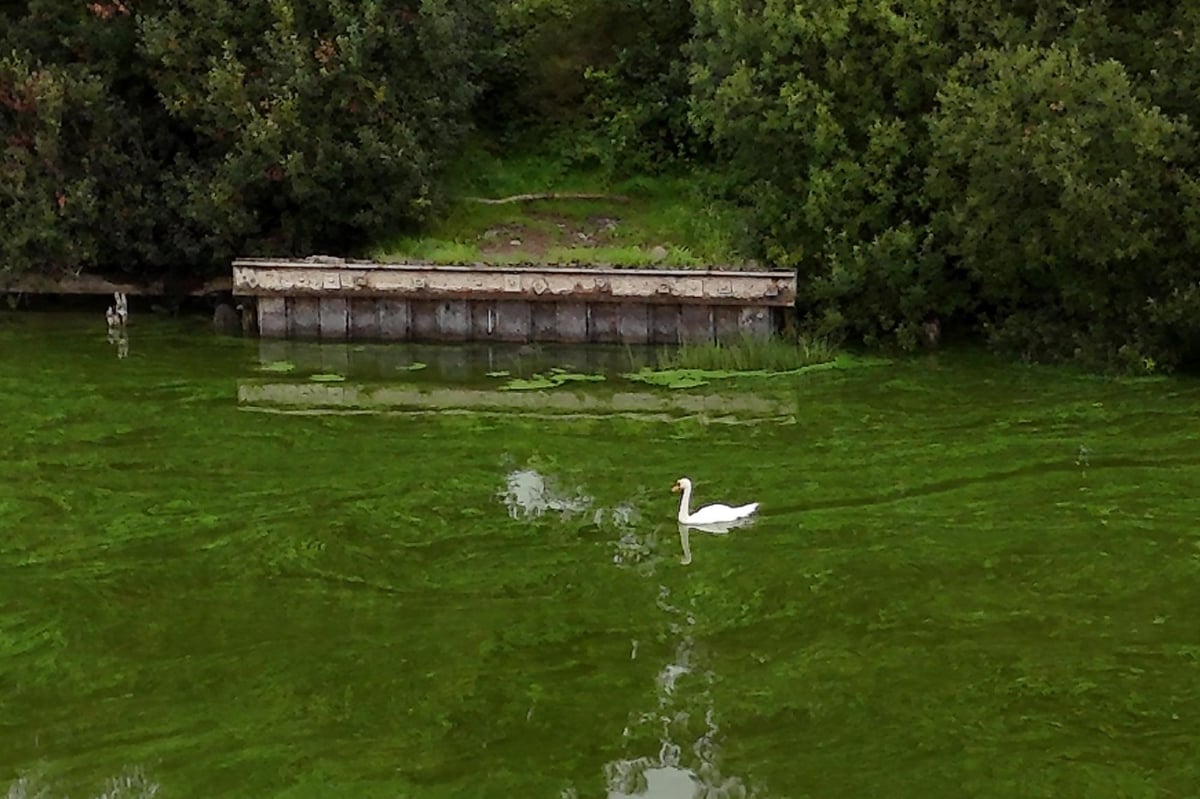By Iain Gray
Copyright newsletter

The UK’s biggest lake has hit international headlines due to severe levels of toxic blue-green algae over each of the last three summers, with campaigners recently saying Lough Neagh is “dying before our eyes”. Now Department of Agriculture, Environment and Rural Affairs (Daera) Minister Andrew Muir has revealed an £800,000 plan funded by the UK Space Agency to build an early warning system that will help tackle the issue in future years. Technology company Plastic-i is to come up with satellite technology and artificial intelligence to create risk maps and forecasts for future blooms of blue-green algae. And Newcastle University is to create ways of alerting for pollution problems, developing a low cost sensor detecting blue-green algae as well as employing “multi‑modal Earth observation analytics” in the system. The programme runs alongside the Daera’s Lough Neagh Action Plan and algae monitoring, which employs a combination of satellite readings and on-site measurements to track the scale of pollution, as well as public health warnings during spikes in the summer season. Announcing the new developments at Stormont, Mr Muir said: “Using space technology to forecast and monitor blue‑green algae is part of wider interventions to help improve Lough Neagh water quality. “This investment moves us from research to real‑world solutions, giving our teams earlier, more accurate information and improving our monitoring capability. It shows how innovation and collaboration can deliver practical tools for environmental protection.” Chris McQuire from the UK Space Agency said the body’s ‘unlocking space for government’ programme backs “cutting-edge solutions that harness the power of satellite technology and Earth observation to protect important natural resources”. He added: “This investment shows how space technology can deliver practical benefits for communities and the environment, whilst also strengthening the UK’s position as a leader in space innovation. We’re excited to see how Plastic-i and Newcastle University will advance these promising technologies from research concepts into operational tools that will make a real difference for Lough Neagh.” Plastic-i’s James Doherty said the firm’s system at Lough Neagh, called Bloomcast NI, would “turn world-class science into a practical tool that helps protect communities, ecosystems, and livelihoods” around the much-loved landmark. “By combining satellite imagery, drone surveys, and environmental data, we deliver AI-enabled forecasts of blue-green algal blooms” he explained. “These provide government agencies and local stakeholders with the information they need to act earlier and more effectively.” In 2023, the lough – the largest lake in the UK and which provides 40% of Northern Ireland’s drinking water – turned green as levels of noxious algae not seen since the 1970s choked aquatic life and bird and insect populations plummeted. Thought to be driven by fertiliser, slurry and other runoff from nearby farmland increasing bacteria levels in the lough, despite a national outcry over the incident the algae returned in 2024 and again this year. Pollution levels are so bad the lough has repeatedly reached the point of being actively dangerous to wildlife and potentially even humans.



